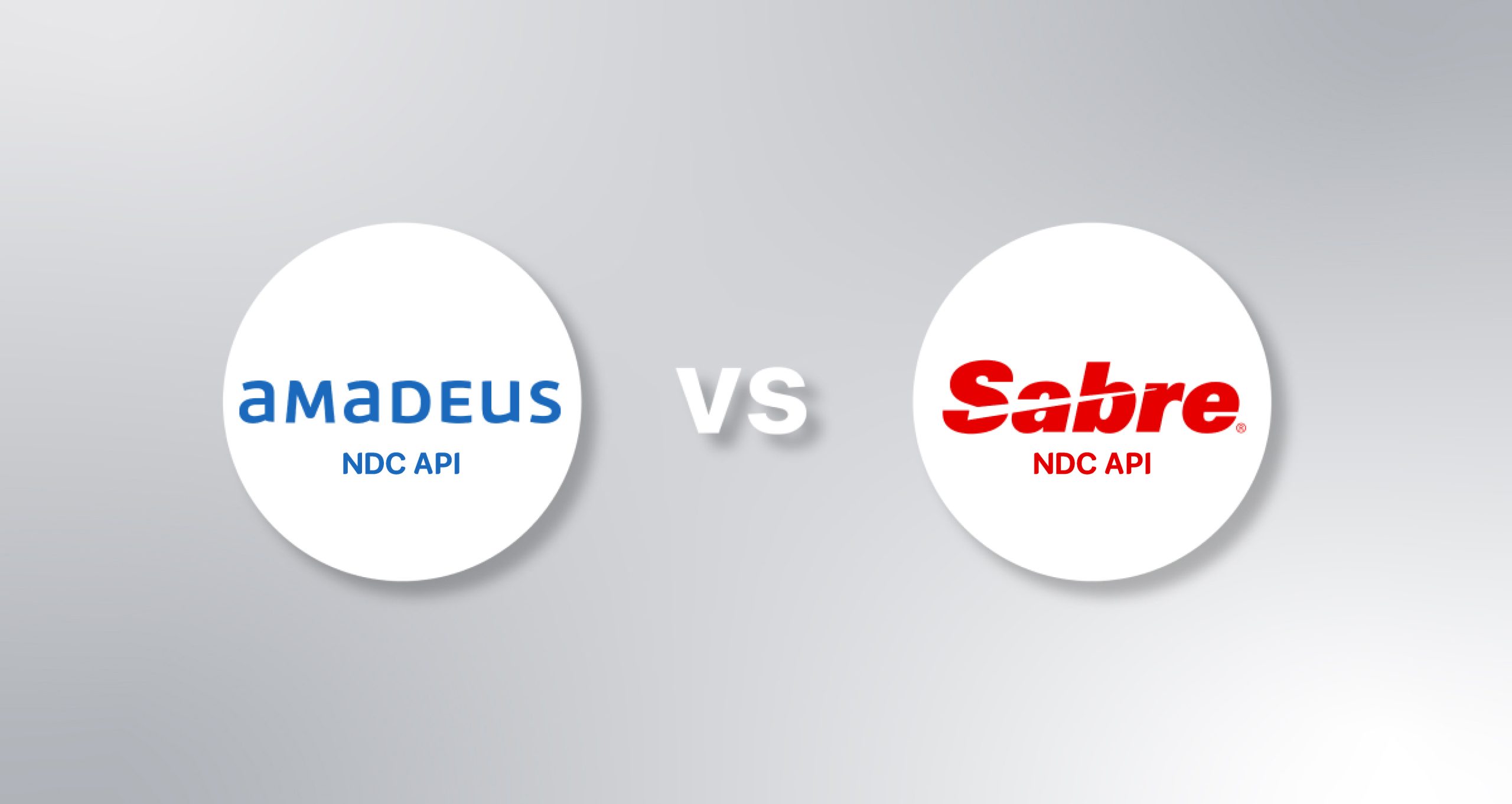- Gravitys Game: Master plinko Strategies for Maximum Winnings and Thrilling Randomness.
- Understanding the Mechanics of Plinko
- The Role of Randomness and Probability
- Understanding Expected Value
- The Illusion of Control
- Strategies for Plinko Play
- Advanced Techniques & Board Variations
- Analyzing Peg Density and its Impact
- Exploring Different Payout Structures
- Responsible Plinko Play and Considerations
Gravitys Game: Master plinko Strategies for Maximum Winnings and Thrilling Randomness.
The allure of casino games has captivated players for decades, and among the most visually intriguing and deceptively simple is the game of plinko. This captivating game involves dropping a disc from the top of a board filled with pegs, watching as it bounces randomly downwards until it lands in a winning slot at the bottom. Though seemingly reliant on chance, understanding the underlying probabilities and employing subtle strategies can significantly enhance a player’s experience and potentially increase their winnings. This article delves into the intricacies of plinko, exploring its mechanics, strategies, and the thrilling randomness that makes it a favorite among casino enthusiasts.
Understanding the Mechanics of Plinko
At its core, plinko is a vertical board populated with numerous pegs. A player initiates the game by inserting a disc, typically a small puck, at the top of the board. Gravity takes over, causing the disc to descend through the pegs, deflecting left or right with each impact. The path the disc takes is entirely dependent on these deflections, making each drop inherently unpredictable. The bottom of the board features a series of slots, each associated with a different payout multiplier. The slot where the disc ultimately lands determines the prize awarded to the player.
| Payout Multiplier | Probability (Approx.) |
|---|---|
| 1x | 40% |
| 2x | 30% |
| 3x | 15% |
| 5x | 10% |
| 10x | 5% |
The probability of landing in each slot isn’t uniform; it’s designed to reflect the payout multiplier. Slots with higher multipliers are generally harder to reach, offering a greater reward for a successful drop. Understanding these probabilities isn’t about predicting the exact outcome of a single drop, but rather about comprehending the long-term expected return.
The Role of Randomness and Probability
Plinko’s appeal lies in its uncomplicated yet captivating nature. The game is fundamentally based on randomness; each deflection of the disc is independent of the others. However, within this randomness, there’s an element of probability at play. The distribution of pegs, the angle at which they’re positioned, and the board’s overall geometry influence the likelihood of the disc landing in specific slots. While a single drop is purely random, over many drops, the game’s inherent probabilities start to manifest, displaying a predictable distribution of outcomes.
Understanding Expected Value
A key concept to grasp when playing plinko is that of ‘expected value’. Expected value represents the average outcome you can anticipate over a large number of plays. It’s calculated by multiplying the value of each possible outcome by its probability and then summing those results. In plinko, the expected value is often slightly less than 1x your bet. This means, statistically, players are likely to lose a small percentage of their wagers over the long run. However, the appeal remains – the chance for a large multiplier win generates excitement and a sense of anticipation. It’s prudent for players to understand that plinko, like most casino games, is designed to favor the house in the long term.
The Illusion of Control
Many players mistakenly believe they can influence the outcome of plinko by carefully aiming the disc’s initial drop. While slight adjustments can sometimes yield different initial deflections, the subsequent path is largely determined by the cascading effect of random bounces. This creates an illusion of control, encouraging players to continue playing in hopes of hitting a significant multiplier. Recognizing that the game is predominantly chance-based is critical for responsible play. Players should approach plinko as a form of entertainment, rather than a reliable method for generating consistent profits.
Strategies for Plinko Play
While the element of chance dominates plinko, certain strategies can marginally improve a player’s experience and potentially maximize their returns. These strategies don’t guarantee wins, but they can influence risk management and betting approach. One common strategy involves analyzing the payout structure of a specific plinko board. Boards with a more balanced distribution of multipliers might offer a slightly higher overall expected return, albeit with lower potential for extremely large wins.
- Bet Sizing: Start with smaller bets to familiarize yourself with the game’s mechanics and observe the distribution of outcomes.
- Volatility Management: Be prepared for fluctuations in your bankroll. Plinko can be volatile, with periods of wins followed by extended losing streaks.
- Observe Patterns: While each drop is random, observing a large number of drops can sometimes reveal subtle tendencies in the board’s deflection patterns.
- Bankroll Management: Set a firm budget before you start playing and stick to it. Avoid chasing losses.
Adopting these strategies can help players maintain control and approach the game with a more informed mindset. Remember, plinko is primarily a game of luck, and these strategies are merely tools to enhance the experience, rather than guarantees of success.
Advanced Techniques & Board Variations
Beyond basic strategies, understanding variations in plinko board designs can provide a slight edge. Some boards feature a more tightly packed arrangement of pegs, leading to more frequent deflections and potentially a more predictable path. Other boards have wider spacing, resulting in a more chaotic and random trajectory. The payout structures also diverge among different boards. Some boards favor higher multipliers, while others offer a more balanced distribution. Paying attention to these board-specific characteristics can aid in selecting a board that aligns with your risk tolerance and playing style.
Analyzing Peg Density and its Impact
The density of the pegs significantly impacts the game’s trajectory. Higher peg density means the disc interacts more frequently, creating a more predictable and controlled descent. This often results in a tighter distribution of outcomes, with a higher probability of landing in the central slots, thus potentially offering more consistent, albeit smaller, wins. Conversely, lower peg density introduces more randomness, with greater potential for the disc to veer off course and land in high-multiplier slots. However, this increased randomness also increases the risk of losing your bet.
Exploring Different Payout Structures
Plinko games aren’t uniform in their payout offerings. Some boards concentrate rewards at the higher end – offering a chance for a substantial payout, but a lower overall probability of winning anything at all. Others adopt a more even distribution, providing more frequent, smaller wins. The ‘best’ payout structure depends on your preferred risk profile. Risk-averse players might prefer boards with a more stable, regular payout, while those seeking a high-roller experience gravitate towards those with the potential for large, infrequent wins. Analyzing these structures before playing can make your gaming journey more fulfilling and strategic.
| Board Type | Peg Density | Payout Structure | Volatility |
|---|---|---|---|
| Classic | Medium | Balanced | Medium |
| High Volatility | Low | High Multipliers, Lower Frequency | High |
| Low Volatility | High | Lower Multipliers, Higher Frequency | Low |
Responsible Plinko Play and Considerations
As with all forms of gambling, responsible play is paramount when enjoying plinko. It’s crucial to approach the game as a form of entertainment, rather than a means of income. Setting a strict budget and adhering to it is vital, as is avoiding the temptation to chase losses. Be mindful of the addictive nature of gambling and recognize the signs of problematic behavior. If you find yourself spending more than you can afford, or if gambling is negatively impacting your life, seeking help from a responsible gambling organization is strongly recommended.
- Set a Budget: Determine a fixed amount of money you’re willing to lose, and stick to it.
- Time Management: Limit the duration of your play sessions to avoid extended exposure.
- Avoid Chasing Losses: Never attempt to recoup lost funds by increasing your bets or playing for longer periods.
- Play for Entertainment: View plinko as a form of entertainment, not a source of income.
- Seek Help if Needed: If you believe you may have a gambling problem, reach out to a responsible gambling organization.
Remember, plinko is a game designed for enjoyment. By practicing responsible play, you can maximize your pleasure while minimizing potential risks.







